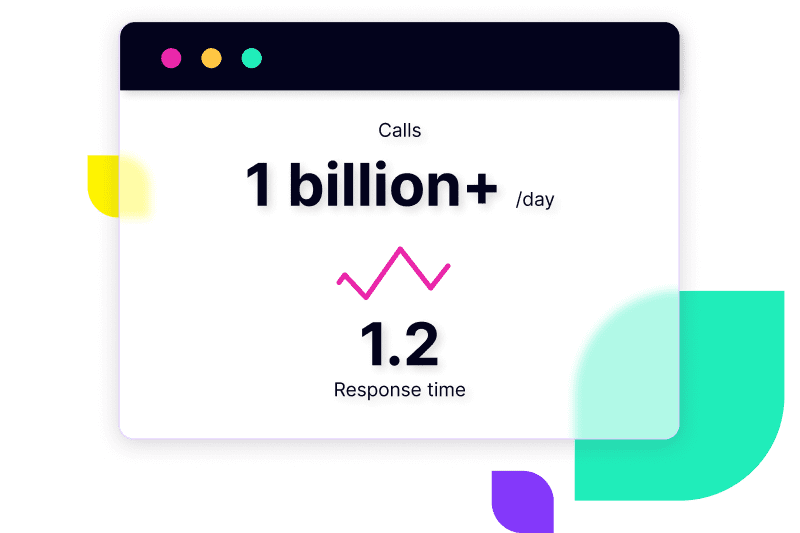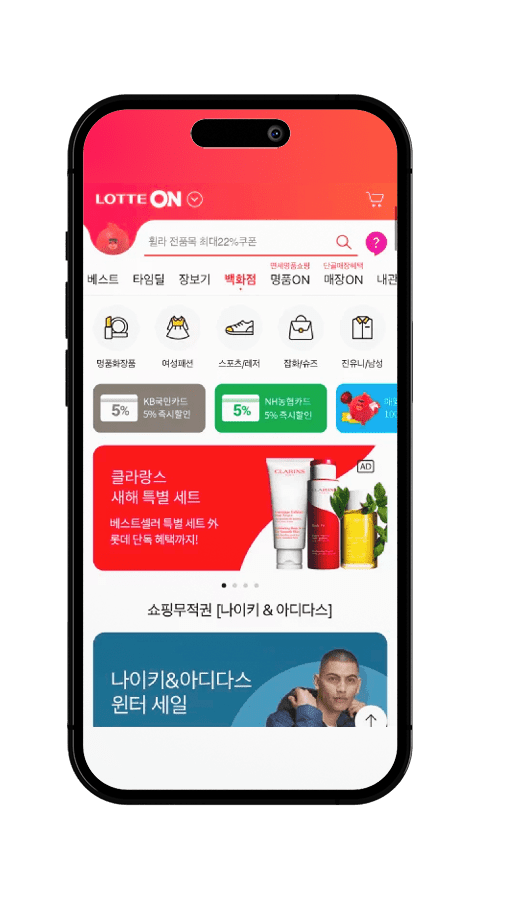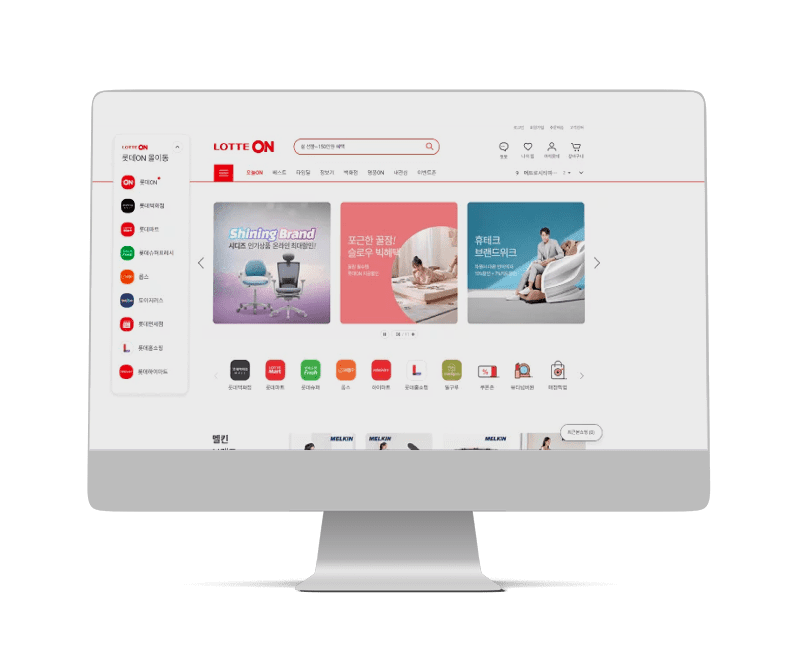What was the impact of Tyk to Lotte ON e-commerce platform?
Implementing Tyk improved the performance of responses by caching, together with the features such as proxy gateway,authentication, monitoring and logging.
Tyk is now supporting Lotte’s APIs to respond to more than a billion calls for products per day, with a 1.2 second KPI for response time to all GET and POST queries. The system is delivering reliability and enhanced performance, allowing Lotte to focus on its core operational activity.
Client
For the past 50 years, the South Korean multinational conglomerate, Lotte, has focused on continuous innovation across various sectors, ranging from food, retail and tourism to chemicals, construction and finance. The company takes a similar approach to address internal technology requirements within its e-commerce platform.
The fifth-largest business conglomerate in South Korea, Lotte includes over 90 business units and 60,000 employees. It works with a range of public APIs for communication with external entities such as payment gateways, banks and credit card companies, as well as internal APIs for inter-microservices communication.
Read on to discover how Lotte used Tyk in order to enhance its efficiency and performance in responding to over a billion calls for products every day.
What API challenges did Lotte face?
Lotte was keen to expand the ecosystem of its open source-based environment, which meant overcoming a variety of technical constraints.
One key element was improving the performance of responses on its e-commerce platform. Top of the priority list for the required API solution was a proxy gateway, authentication, monitoring, logging and data caching.
WHY DID LOTTE TURN TO TYK?
Lotte was already using Tyk for the internet store of its duty-free shop, so the company was familiar with the product and its uses. It was easy to see the potential that Tyk had to fit within Lotte’s
microservices architecture.
Tyk was not the only solution that Lotte considered. However, the company felt that Tyk’s ability to improve its performance held greater potential than other API management platforms that were more suited to monolithic architecture.
How does Lotte use Tyk day-to-day?
Lotte is using Tyk to support it leveraging its APIs in order to achieve the unification of communication methods across its inter-microservices architecture.
The company is also using Tyk to map its MSA module segmentation. It delivers a unique main window of inter-microservices architecture communications.




